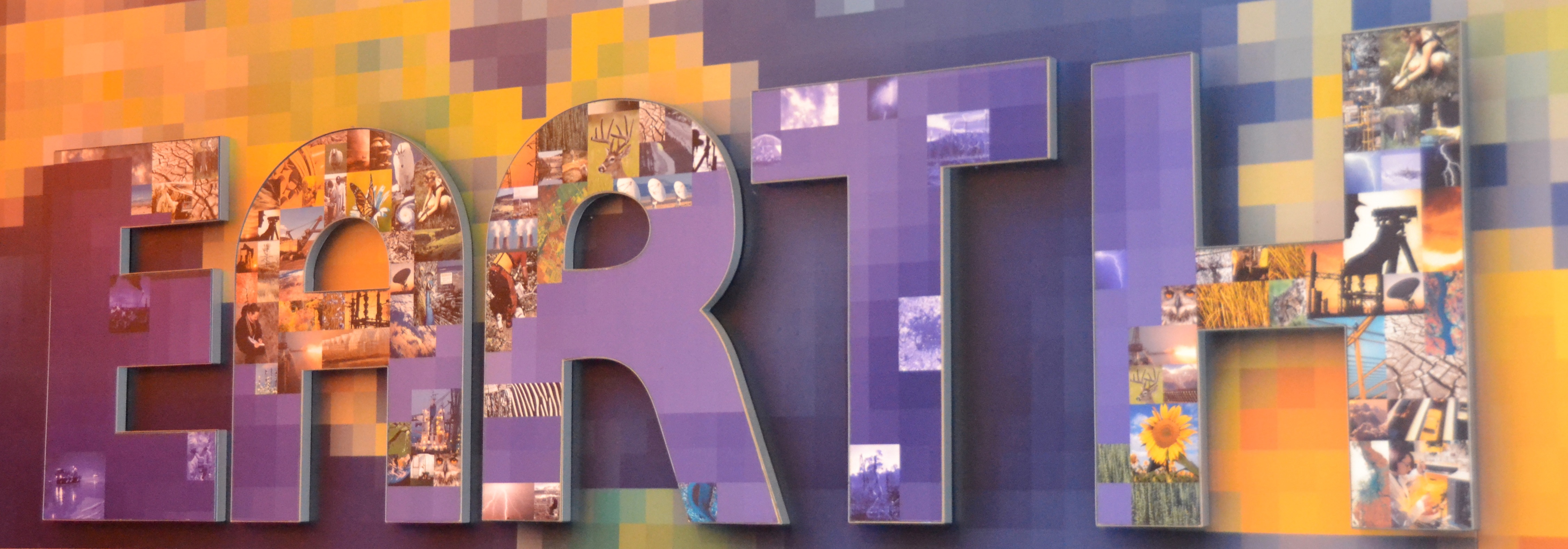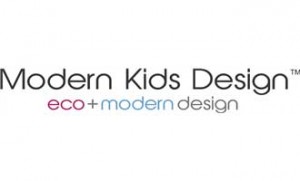
Happy Earth Day! Curious about its history? If so, read on…
This month at Modern Kids Design we’re celebrating Earth Month. It’s a special Earth Month this year as it’s the 45th Anniversary of the first Earth Day!
While the first Earth Day was 45 years ago, the impact is still being felt today, and Earth Day will continue to impact our lives and our children’s lives in the future. In this post, we provide an overview for those who want a recap of its history and how we got here so to speak. We’re also taking a fresh look at Earth Day to see how some of the events that unfolded 45 years ago have shaped the course of how we view our responsibility towards the environment today.
Earth Day has a special meaning for us at Modern Kids Design. Many of the nonprofits in our Shop + Give program are fulfilling the promise of the first Earth Day, and each time you take a small step such as turning off the faucet to brush your teeth, you’re part of the dream, too. Let’s take a look to see where it all started.
Earth Day – Back in the Day
With the Peace and Love movement of the 1960’s, the baby boomer generation was making greater connections to themselves, new cultures, and to the environment. People were beginning to question the ideas their parents handed to them – certainly that hasn’t changed since Earth Day.
One of the ideas that baby boomers questioned was how we lead our modern lives and the impact it has on the environment. It was a global awakening to the negative consequences of the industrial revolution and mass production. People had more goods and services than ever, but it was increasingly obvious that modern life, left unchecked, was putting a strain on the Earth.
Here in the United States, anti-war protests included many who would play a part in the burgeoning environmental movement. Baby boomers across the country, and in California in particular, became more vocal about the change they wanted to see in the world. Some of this change included better care for the natural resources that we all rely on.
An oil spill in Santa Barbara, California, spurred US Senator Gaylord Nelson to champion the idea of a day to focus on the environment. Global groups were also advocating for a day to celebrate the Earth, including UNESCO who considered a similar proposal by activist John McConnell.
UNESCO wanted to make March 21st Earth Day, but the date of April 22nd as a day to share information about the Earth and the environment became the global standard when the United States officially recognized it as Earth Day. While Nelson may be remembered as the person who started Earth Day, the movement sprang from a growing environmental awareness that was part of the global Peace and Love movement.
The first Earth Day was celebrated on April 22nd, 1970. People all across the United States took to the streets to express their support for protecting the environment. Schools and universities held programs and events that educated students and their communities about conservation and environmental reform. Cities celebrated by closing down streets and hosting events in public parks. Even famed poet Allen Ginsberg participated, speaking at a Philadelphia celebration.
As a result of the focussed political effort symbolized by Earth Day, the US Congress passed the Clean Air and Water Act and the Environmental Protection Agency was established. Now, nearly 50 years later, the EPA still protects citizens across the country from the negative impacts of industrial expansion.
Our children would be shocked to think that the Cuyahoga River was so dirty that it actually caught fire in 1969! Thankfully, as a result of Earth Day, many of the worst environmental hazards are now controlled in the United States. It’s a reminder when we consider the environmental standards in developing countries, that the baby boomers gave us more than just a day to celebrate the Earth – they left a long-lasting impact.
Ten years later, in 1980, President Jimmy Carter declared that the US would once again celebrate Earth Day and called attention to the positive impact the EPA had made. Ten years later in 1990, Earth Day went global. Over 141 countries celebrated the planet by learning about conservation and recycling in 1990.
The 20th anniversary of Earth Day in 1990 brought awareness of the celebration to a whole new generation. The baby boomers were now the teachers and community leaders, and Earth Day cemented its role as a way to teach our children about the environment.
After 1990, Earth Day began to be celebrated yearly. It was becoming more than a day – it was becoming a movement. Nonprofits such as St. Louis Earth Day – a member in our Shop + Give program – began to emerge and align their values with the Earth Day principles of celebrating our role in protecting the environment.
Global warming and renewable energy took more of a center stage in the Earth Day and environmental movement, eclipsing conversations about pollution in our waterways. Earth Day helped drive the awareness of the truth behind global warming. Businesses began including Earth Day celebrations as part of their effort to protect the environment, and new sustainable businesses began to reach public awareness for the first time.
Earth Day continues to have an impact in everyday life in more and more ways. By providing a focal point for celebrating the environment, environmentalism has become a part of modern culture. For our parents, it was a novel idea, for us, it’s something that still feels new. For our children, it’s simply a part of their lives, and that’s the greatest gift of Earth Day. Earth Day has taught us that the conscious decisions we make each day have an impact for people all over the world and has shown us simple ways to protect our natural resources.
Earth Month
In recent years, Earth Day has grown to be Earth Month, with schools and communities celebrating the benefits of protecting the environment with activities and events all throughout the month of April. Of course, anyone who leads a green lifestyle has heard the phrase ‘every day is Earth Day’ and many of us try to live that way. While there may never be an Earth Year, this simple phrase shows how powerful the concept of Earth Day is and why it’s still important for educating our children about environmental awareness today.
At Modern Kids Design, we like to remember that Earth Day is about celebrating! Often we’re caught up in the doom and gloom messages about the damage we do to the environment. Let’s celebrate the positive impact our conscious decisions have on the environment and the many improvements we’ve made since the first Earth Day in 1970. This Earth Month, we’re celebrating and giving thanks for our parents who pushed the political needle just far enough to make environmental awareness a part of the public debate. As always, thanks for reading and, of course, Happy Earth Day!




